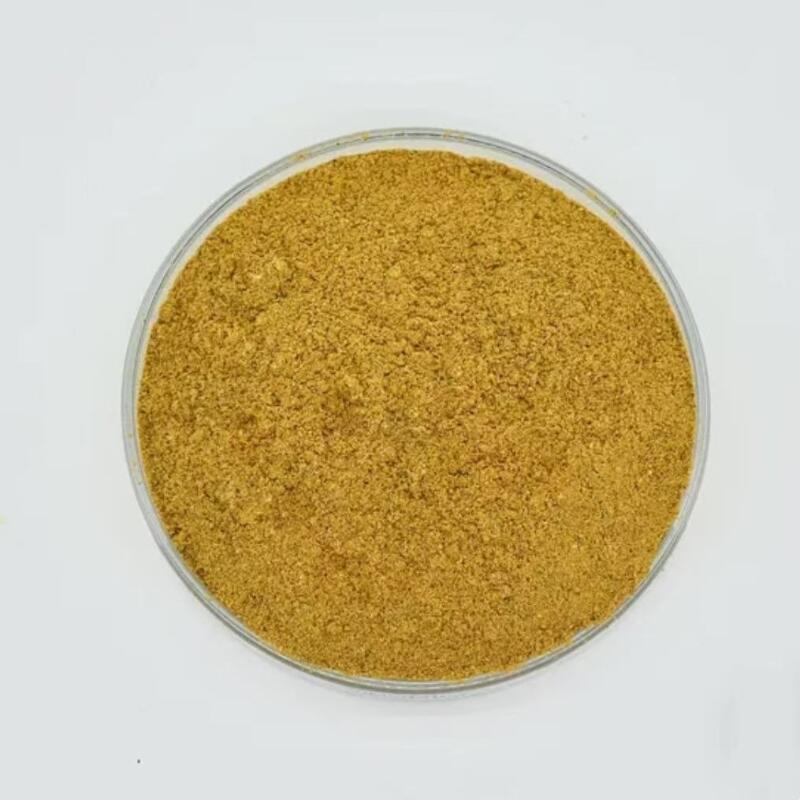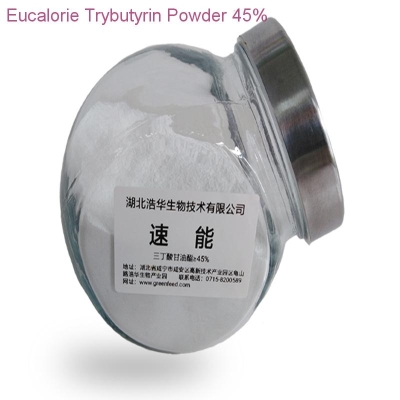-
Categories
-
Pharmaceutical Intermediates
-
Active Pharmaceutical Ingredients
-
Food Additives
- Industrial Coatings
- Agrochemicals
- Dyes and Pigments
- Surfactant
- Flavors and Fragrances
- Chemical Reagents
- Catalyst and Auxiliary
- Natural Products
- Inorganic Chemistry
-
Organic Chemistry
-
Biochemical Engineering
- Analytical Chemistry
-
Cosmetic Ingredient
- Water Treatment Chemical
-
Pharmaceutical Intermediates
Promotion
ECHEMI Mall
Wholesale
Weekly Price
Exhibition
News
-
Trade Service
DL-Glutamic acid, monosodium salt, also known as glutamic acid, is a non-essential amino acid that is widely used in the chemical industry.
It is a white crystalline powder with a strong, unpleasant odor, and has a acidic taste.
DL-Glutamic acid, monosodium salt is soluble in water, and is often used as a food additive and a nutrient supplement.
There are several synthetic routes for the production of DL-Glutamic acid, monosodium salt.
The most common method is the chemical synthesis route, which involves the reaction of several chemicals to produce the desired product.
This route typically involves several steps, including the preparation of the starting materials, the reaction itself, and the purification and isolation of the final product.
One of the most common chemical synthesis routes for the production of DL-Glutamic acid, monosodium salt involves the reaction of ammonia and carbon dioxide with a source of carbon, such as coal or petroleum.
This reaction produces a mixture of amino acids, which is then separated and purified to produce the desired product.
Another synthetic route involves the reaction of cyanamide with ammonia.
This reaction produces a mixture of amino acids, which is then separated and purified to produce the desired product.
In addition to the chemical synthesis routes, DL-Glutamic acid, monosodium salt can also be produced through microbial fermentation.
This method involves the use of microorganisms, such as bacteria, to produce the desired product.
The microorganisms are often genetically engineered to express the enzymes necessary for the synthesis of DL-Glutamic acid, monosodium salt.
The microbial fermentation route typically involves the growth of the microorganisms in a suitable medium, followed by the recovery and purification of the desired product.
This method is often more cost-effective and environmentally friendly than chemical synthesis, as it does not involve the use of harsh chemicals or the generation of hazardous waste.
Overall, the production of DL-Glutamic acid, monosodium salt involves a variety of synthetic routes, including chemical synthesis and microbial fermentation.
The choice of route depends on a variety of factors, including the desired purity and scale of production, as well as the availability of starting materials and the cost and environmental considerations.
Regardless of the route used, the production of DL-Glutamic acid, monosodium salt is an important process in the chemical industry, as it is widely used as a food additive, nutrient supplement, and in the production of other chemicals and products.







